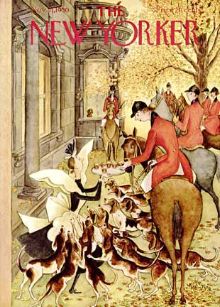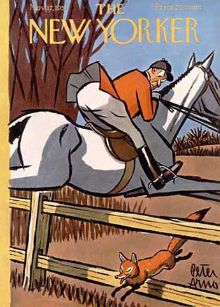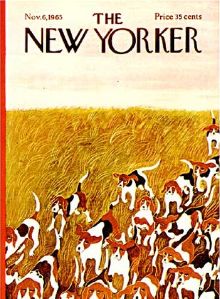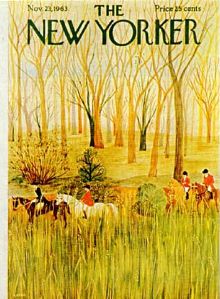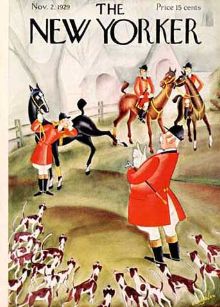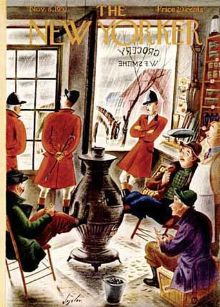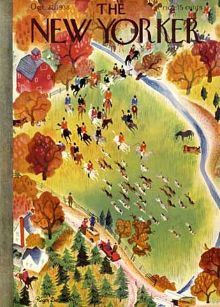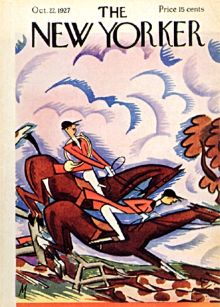Hunting
About Andrew Cusack
 Writer, web designer, etc.; born in New York; educated in Argentina, Scotland, and South Africa; now based in London.
Writer, web designer, etc.; born in New York; educated in Argentina, Scotland, and South Africa; now based in London. read more
News
Blogs
Reviews & Periodicals
Arts & Design
World
France
Mitteleuropa
Knickerbockers
Argentina
The Levant
Africa
Cape of Good Hope
Netherlands
Scandinavia
Québec
India
Muscovy
Germany
Academica
Horse & Hound in Montreal
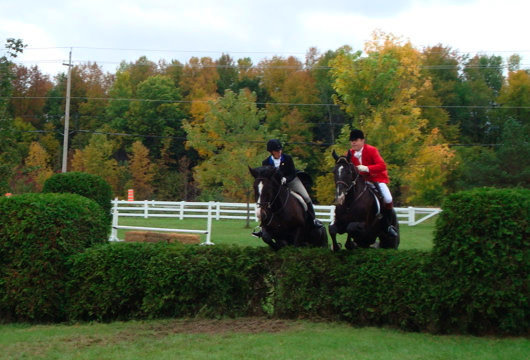
A splendid afternoon is the best way to describe it. Last Sunday up in St-Augustin-de-Mirabel it was the annual hunter trials of the Montreal Hunt Club – the oldest hunt in the New World. Club treasurer Annette Laroche suggested swinging by the Club sometime and as it happens a good friend had just moved to Montreal. So when Raymond Côté (seen in the previous post jumping on the beautiful white mare Frimousse) sent an invite to the hunter trials, I knew it’d be foolish not to take the opportunity to visit the beautiful land of Quebec for the first time in many years.
The Montreal Hunt Club
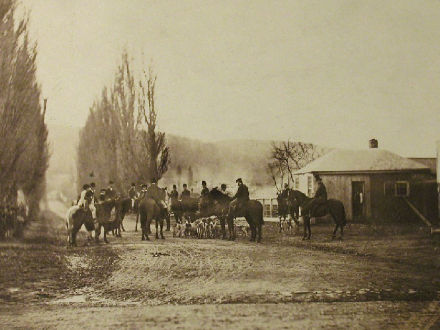
AROUND THIS TIME of year we like to remind our dear readers that out there in the countryside the fox-hunting season has commenced. Charles Moore reports in the Spectator that “there have now been several convictions under the Hunting Act,” the Quantock Staghounds being the most recent victims. “This week, the wretched Ann Widdecombe held a meeting in the House of Commons in which she showed police officers and others a film about how the ban is, in her view, being flouted. Politics has only to change a bit,” Moore continues, “for the police to turn nasty. If politics changes the other way, and there is a Conservative government (no Widdecombe, thank God: she is retiring), the promise of repeal must be cashed in straightaway.” Don’t hold your breath, Mr. Moore!
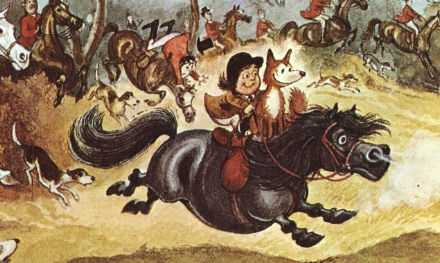
Of course, the season has begun in earnest not only in Great Britain & Ireland but also here in the New World. The Montreal Hunt Club is the oldest hunt in existence on these shores, having been founded back in 1826. (The same year as the Old Guard of the City of New York). For many years, the club lead a triple life as a social organization, a hunt, and even as a military unit, the Royal Montreal Cavalry. The guidon of the Royal Montreal Calvary was presented by the Earl of Dalhousie in 1828 and is the oldest in Canada. (It is currently housed in the armory of the Royal Canadian Hussars, the successor unit to the Royal Montreal Cavalry).
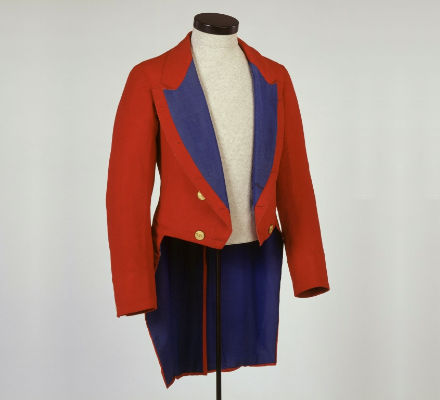
Whilst perambulating the internet the other day I stumbled upon this 1880s evening coat of the Montreal Hunt Club, amongst the collection of the McCord Museum. The accompanying notes, of course, get quite anthropological:
Uniforms and ceremonial dress like this Montreal Hunt Club evening dress coat played a dual role. They not only reinforced hierarchy and group membership, they also provided élite men with opportunities for overt displays of fashion.
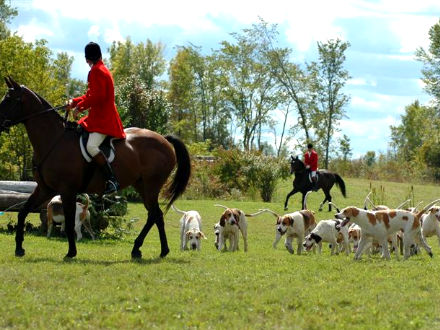
In The British Empire in the Nineteenth Century: Its Progress and Expansion at Home and Abroad, Comprising a Description and History of the British Colonies and Dendencies (1898), Edgar Sanderson writes in his entry on Quebec that “the Montreal Hunt Club affords the best sport of its kind in America.” Happily, the Montreal Hunt Club carries on its activities to this very day. While it originally drew its members from the Anglophone portion of the city’s elite, French speakers began to dominate the club from the post-war period onwards. (Accordingly, its official legal names is “Le Club de Chasse à Courre de Montréal”). We hope and pray that as the Montreal Hunt has carried on from centuries past, it will continue to carry on into the future.
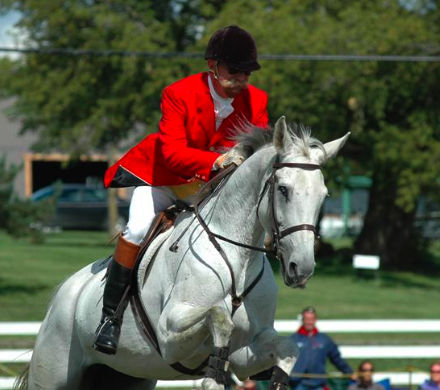
The New Yorker Hunts
Windy Hollow, Millbrook, Rombout, Smithtown — doubtless these words mean nothing to many but to the huntsmen (and -women) of New York they are immediately recognised as the names of some of the Empire State’s hunts.
These four hunts are just some of the survivors but there were once many more packs of hounds across the state. Long Island before the second war was excellent hunt country but thanks to rapid suburbanisation and cultural changes only the Smithtown Hunt survives there.
Still, hunting loomed large enough in the imagination that it featured on the front cover of The New Yorker with some regularity.
Indeed the very week of the Kennedy assassination, houses up and down Manhattan and the whole East Coast would have had their copy of the magazine with a hunting scene front and centre. (President Kennedy did ride, but of the two of them it was the First Lady who was keener on the hunt.)
Here are just a few of the covers I’ve found.
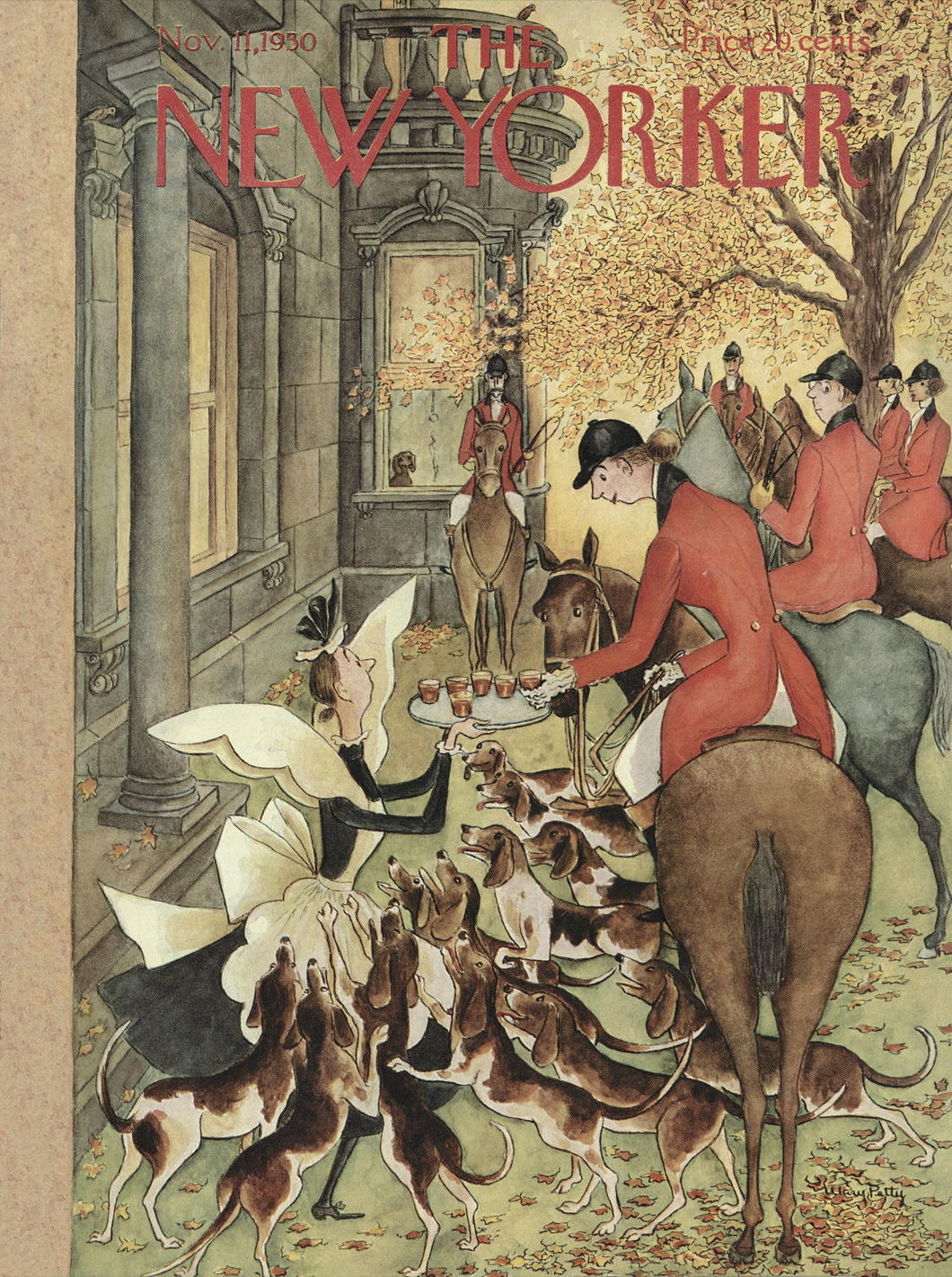
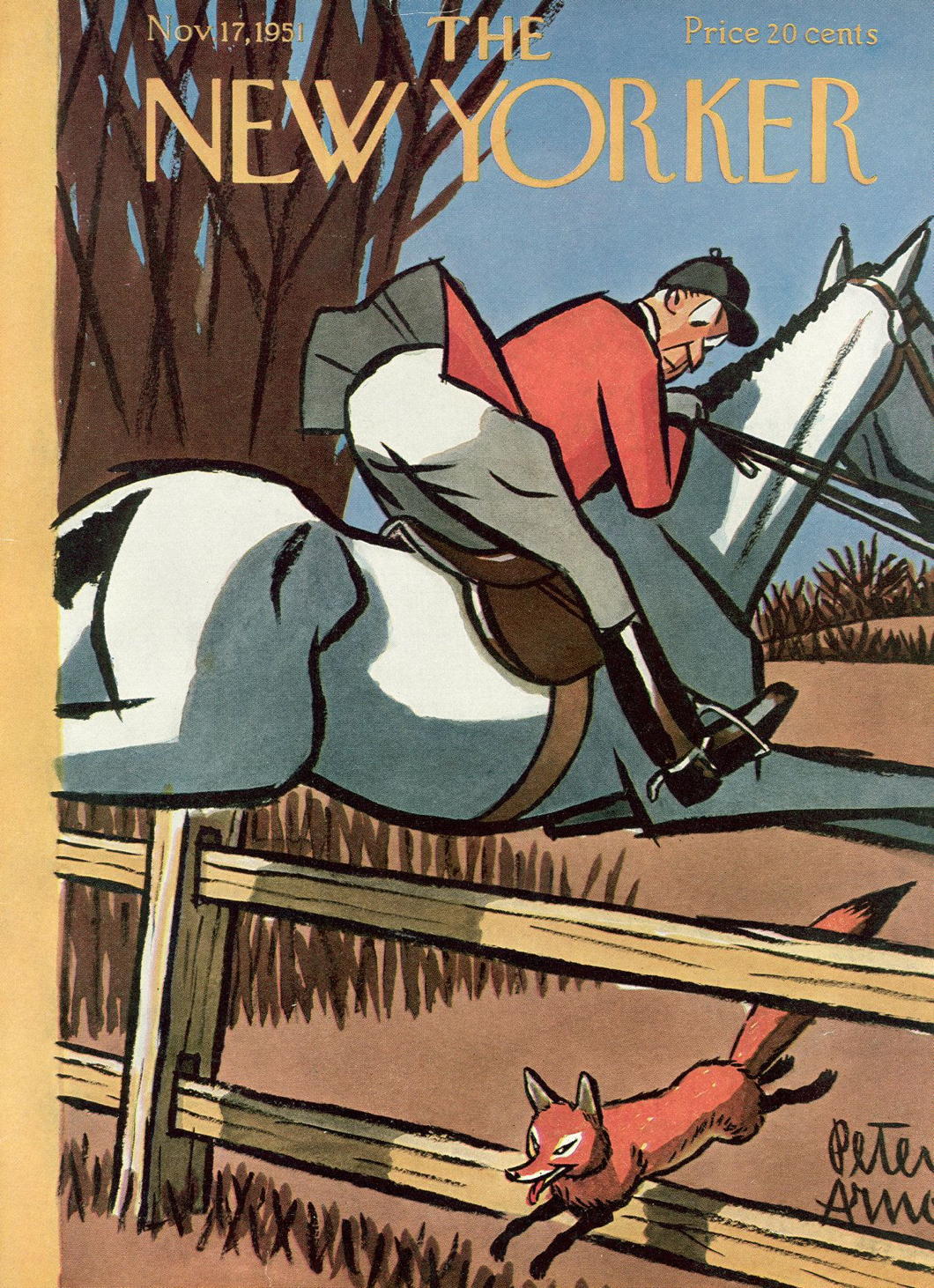
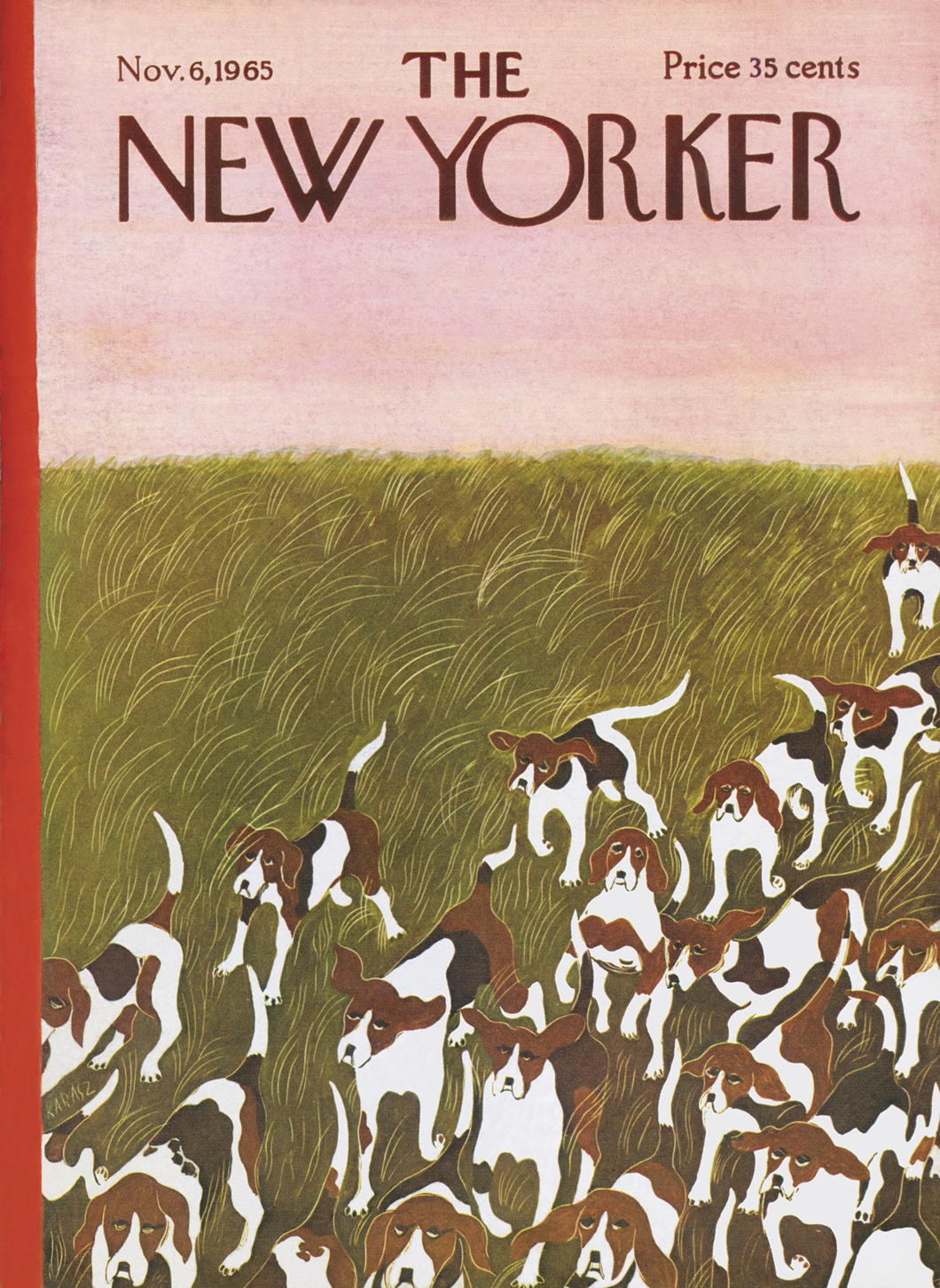
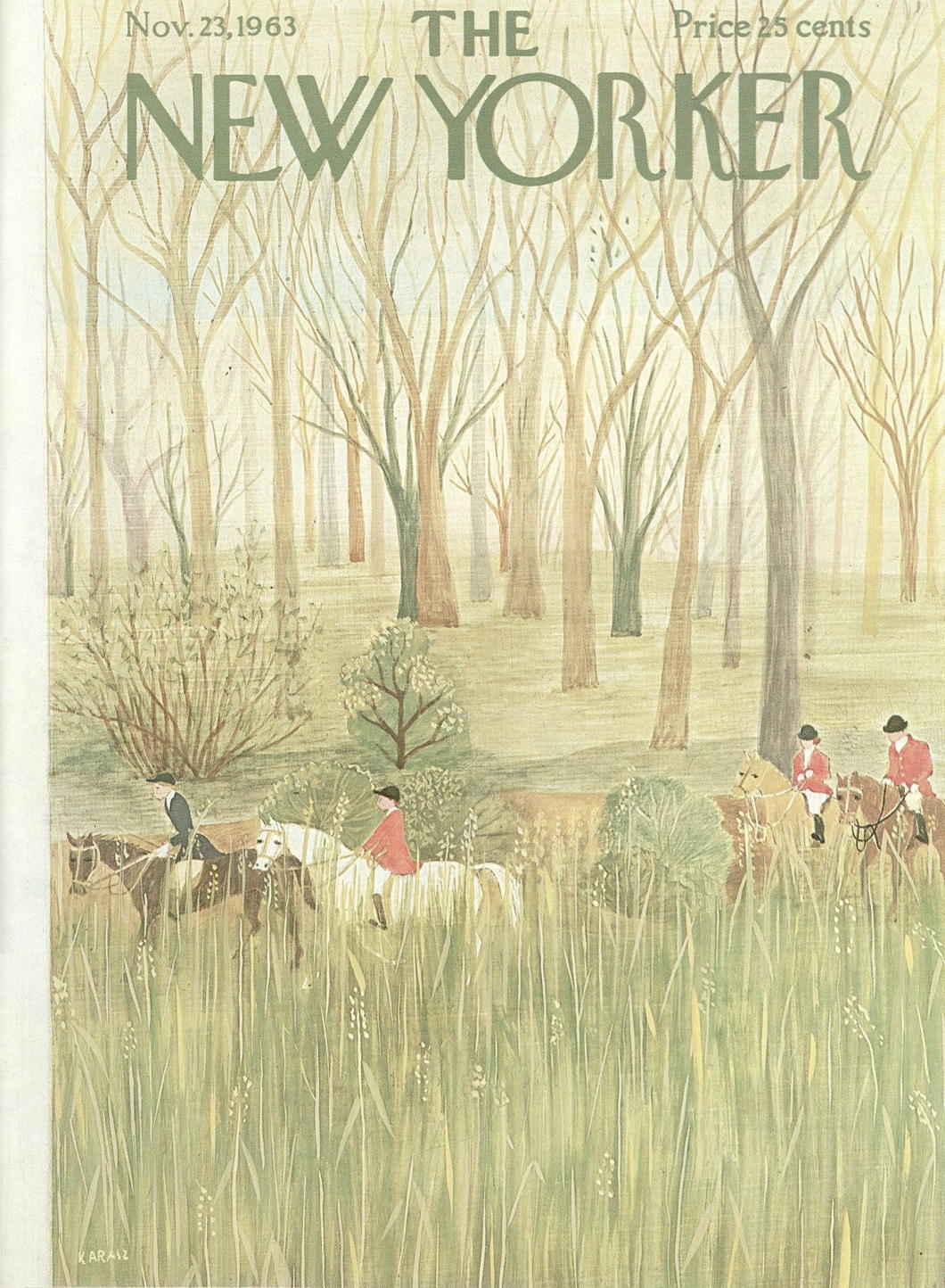
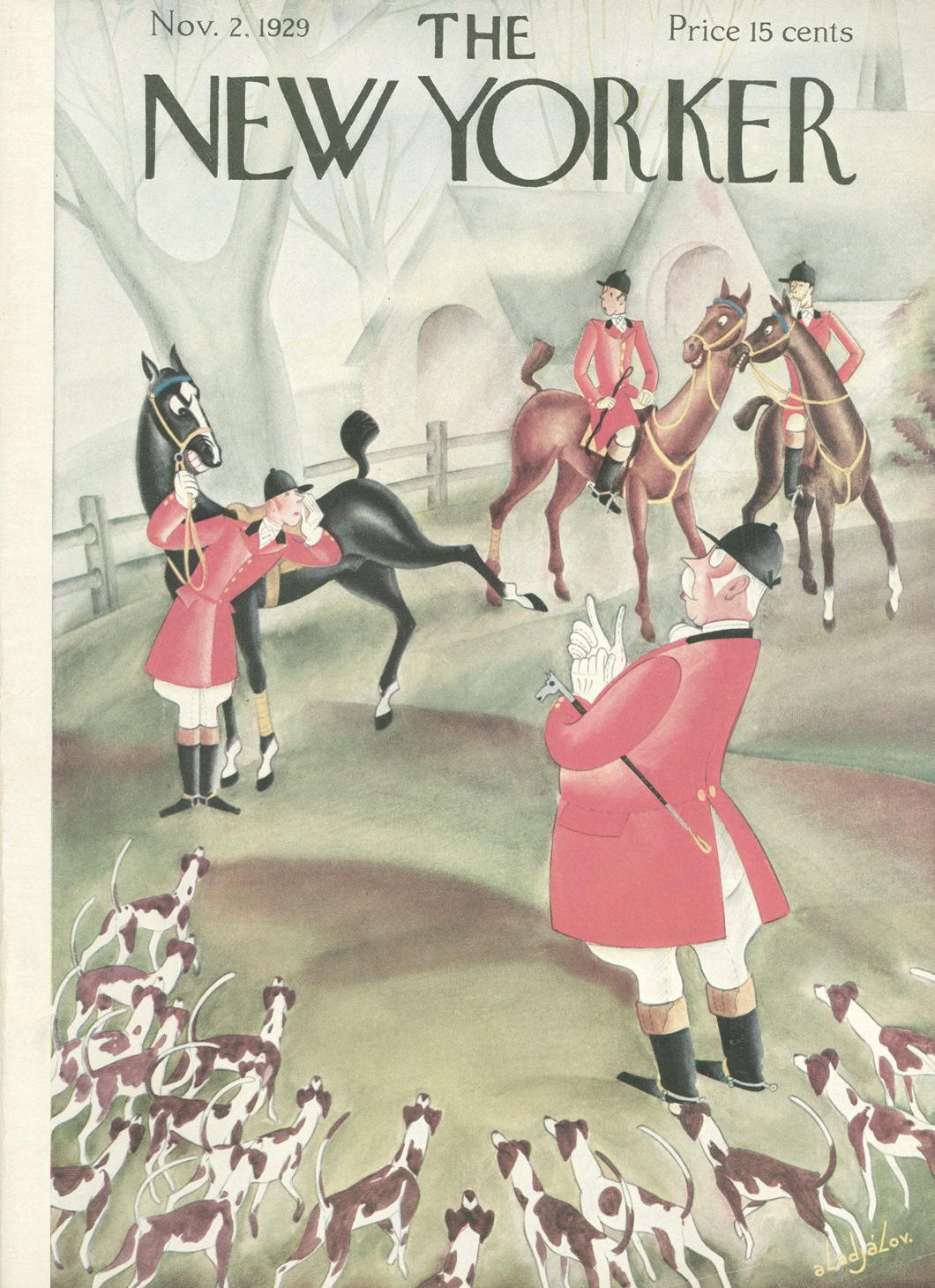
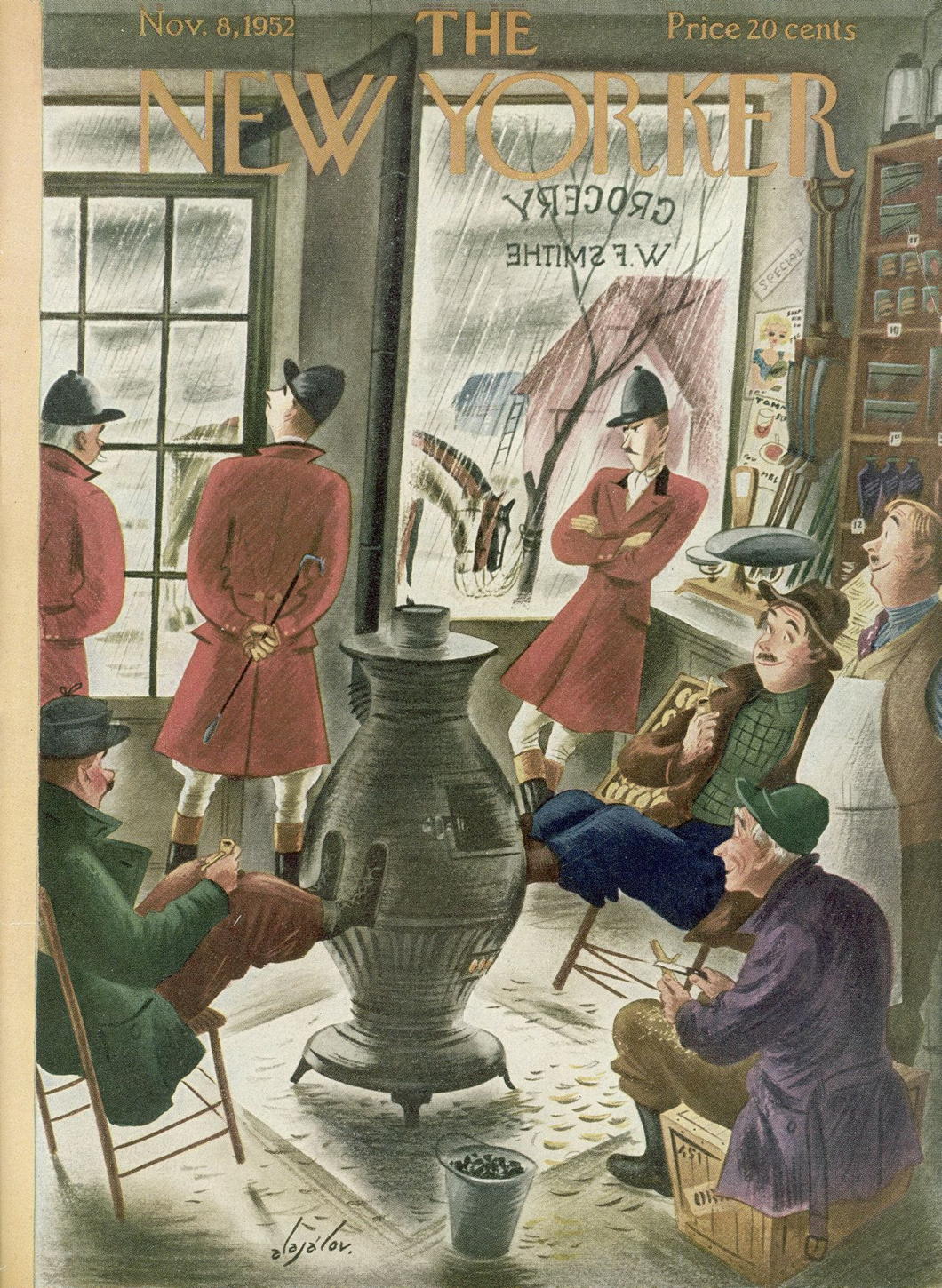
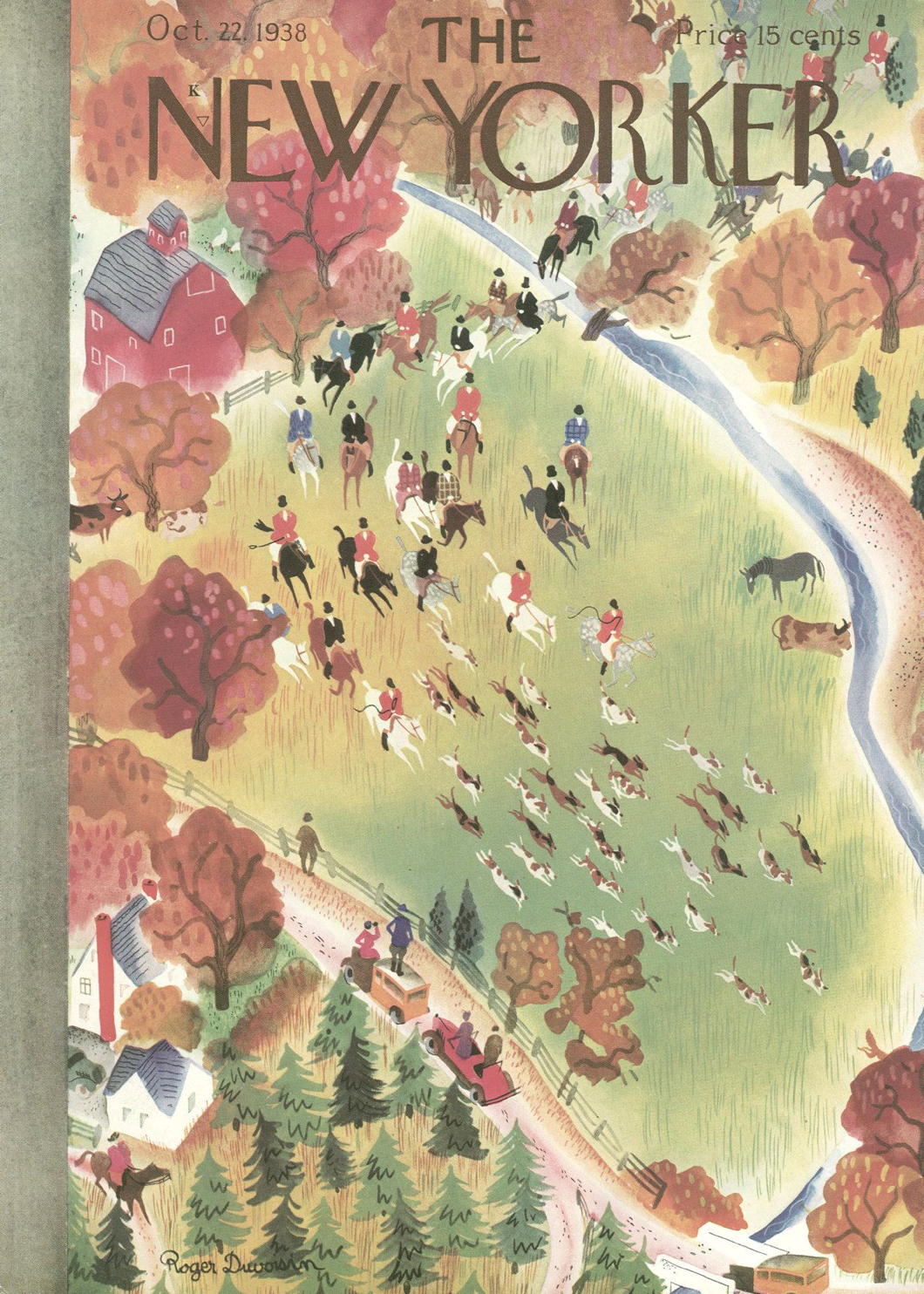
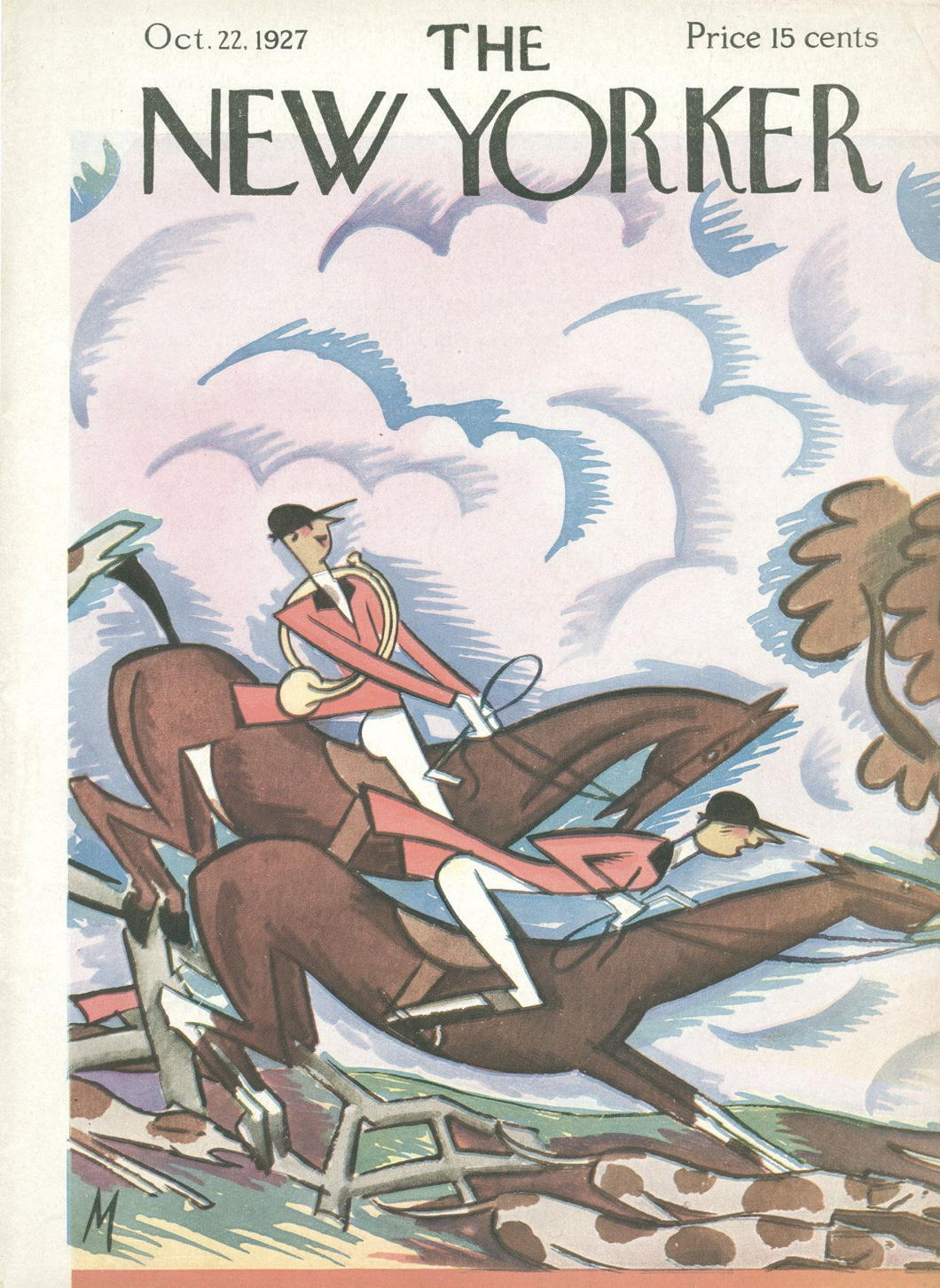
Blessing the Hounds in Virginia
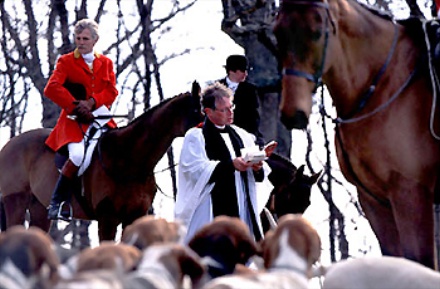
Photo: National Geographic
Search
Instagram: @andcusack
Click here for my Instagram photos.Most Recent Posts
- Gellner’s Prague December 19, 2024
- Monsieur Bayrou December 18, 2024
- Dempsey Heiner, Art Critic December 17, 2024
- Vote AR December 16, 2024
- Articles of Note: 12 December 2024 December 12, 2024
Most Recent Comments
Book Wishlist
Monthly Archives
Categories

